How can your routine before a performance affect how you play? Cellist and researcher Joanna Latała investigates actions that can help aid musical performance and consistency
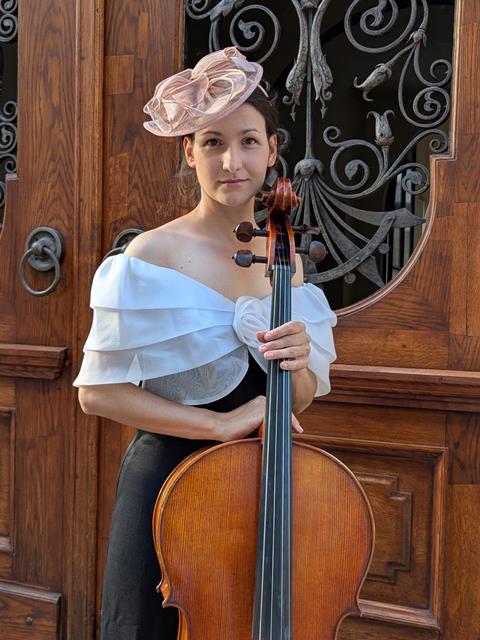
Discover more Featured Stories like this in The Strad Playing Hub
Performing music at the highest level requires more than just technical mastery of an instrument. Like elite athletes, professional musicians face significant mental and physical challenges before stepping onto a stage. This article explores how insights from sport psychology—a field that has studied pre-performance routines—can transform the way musicians prepare to perform. By translating proven strategies from sports into the music world, we can create a roadmap for musicians seeking to optimise their performance under pressure.
The importance of pre-performance routines
Pre-performance routines (PPRs) are structured sequences of cognitive and behavioural actions that performers use immediately before executing a skill. These routines enhance focus, regulate arousal, and create a sense of consistency under pressure. For example, a basketball player may dribble the ball a certain number of times before shooting a free throw. Similarly, a golfer might visualise the trajectory of their shot before taking their swing. These actions are not random; they are rehearsed and tailored to each performer’s needs.
This concept, when applied to music, reveals significant potential. Musicians operate in high-pressure environments where mistakes can be amplified by anxiety. A pre-performance routine acts as a psychological anchor, helping performers manage the mental and physical demands of performance. Despite the differences between sports and music, the underlying principles—mental preparation, focus, and consistency—are universal.
’Remember: One must consistently practise mental skills and pre-game routines in order to tap one’s full potential’— The Art of Mental Training: A Guide to Performance Excellence by D.C. Gonzalez
Understanding the psychology behind effective routines
The effectiveness of pre-performance routines lies in their ability to manage psychological and physiological states. Research in sport psychology has shown that routines help performers in several ways:
-
Reducing anxiety: Routines provide a sense of familiarity and control. Engaging in habitual actions helps mitigate the uncertainty that can trigger anxiety.
-
Enhancing focus: Routines direct attention to relevant cues while filtering out distractions.
-
Regulating arousal: Techniques such as controlled breathing or visualization help performers reach an optimal arousal level—not too relaxed, but also not overly tense.
-
Building confidence: Positive mental cues embedded in routines reinforce performers’ belief in their abilities.
-
Promoting automaticity: Routines practised repeatedly become automatic, freeing up cognitive resources for the performance itself.
For musicians, these benefits have direct applications on stage. A violinist grappling with stage fright may find solace in a routine that blends deep breathing with a focus on musical phrasing. Likewise, a pianist might visualise themselves executing challenging passages before a competition. Understanding the science behind these routines enables musicians to craft personalized strategies to align with their performance needs.
’Pre-performance routines help athletes manage their arousal, enhance focus, and build confidence. These sequences act as psychological tools to prepare the body and mind for optimal performance’— Cotterill, S. T. (2010). Pre-performance routines in sport: Current understanding and future directions. International Review of Sport and Exercise Psychology
Components of an effective pre-performance routine
Utilising insights from sport psychology, an effective pre-performance routine typically contains several components:
-
Physical preparation: Warm-up exercises are crucial for musicians, just as they are for athletes. Stretching, finger exercises, and instrument-specific drills prepare the body for performance.
-
Mental rehearsal: Visualisation is at the core of many sports routines. Musicians can mentally rehearse their performances, imagining the sound, feel, and emotional expression of each segment.
-
Controlled breathing: Techniques like centering help regulate heart rate and decrease tension. Musicians can integrate these techniques into their routines to calm pre-performance jitters.
-
Positive self-talk: Encouraging inner dialogue strengthens confidence. Simple phrases like ’I am prepared’ or ‘I trust my practice’ can become powerful tools.
-
Focus cues: Specific prompts, such as ’feel the bow’ or ’listen to the resonance,’ direct attention to the immediate task, fostering mindfulness.
-
Environmental familiarisation: Visiting the performance space, adjusting to its acoustics, and rehearsing in the venue reduce novelty and increase confidence.
-
Hydration and nutrition: Staying hydrated and maintaining a balanced diet contribute to both physical and mental readiness, ensuring that fatigue or discomfort doesn’t distract from performance.
Customising these elements to cater to individual needs creates effective pre-performance routines. By combining physical, mental, and environmental strategies, musicians can enhance their readiness for performance.
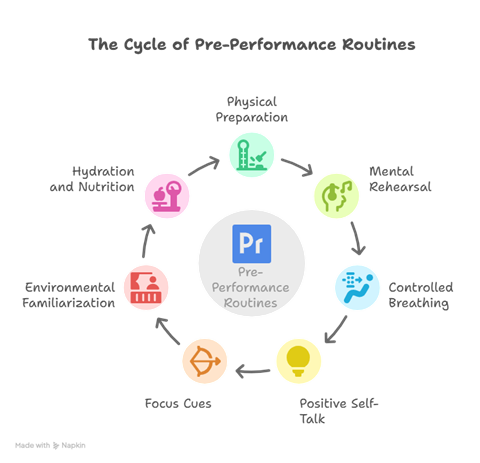
’Pre-performance routines serve as a bridge between the physical and the mental. The actions you take before a performance, such as breathing exercises or physical movements, prepare both the body and mind for the demands ahead’— Understanding Psychological Preparation for Sport by Hardy, L., Jones, G., & Gould, D.
Lessons from sport psychology: practical applications for musicians
Sport psychology offers numerous practical strategies that musicians can adopt. Here are key lessons that can be adapted for the music domain:
-
Ritualisation: In sports, rituals provide routine and predictability. For musicians, this could involve tuning the instrument in a specific order, deeply breathing before starting, or even wearing a particular piece of clothing that boosts their confidence.
-
Simulating performance conditions: Athletes often train under competition-like conditions to desensitise themselves to pressure. Musicians, too, can rehearse in environments that mimic performance scenarios, like playing for an audience or recording under time constraints.
-
Mindfulness training: Mindfulness techniques are widely utilised in sports to enhance focus and reduce anxiety. Musicians can include mindfulness practices, such as body scans or active listening exercises, to maintain presence during performances.
-
Pre-event relaxation: Athletes employ progressive muscle relaxation techniques to alleviate tension. Musicians can adapt this approach by systematically relaxing their muscle groups, especially those prone to stress, like the shoulders and hands.
-
Visualisation and imagery: As a powerful tool, visualisation is extensively used in sports. For instance, a diver mentally rehearses each detailed movement of their routine. Likewise, musicians can visualise their entire performance, from walking on stage to executing intricate passages.
’The pre-performance routine is often the first step to achieving flow, a state in which the performer is fully immersed in the task, exuding effortless control and unwavering focus’— Flow: The Psychology of Optimal Experience by Csikszentmihalyi, M.
Overcoming challenges: personalising routines for success
One significant lesson from sport psychology is the importance of individualisation. Each performer is unique, and what works for one may not be effective for another. Musicians should consider these factors when developing their routines:
-
Performance context: Tailor routines to fit the specific demands of different performances, whether for a solo recital or an orchestral piece.
-
Personal preferences: While some musicians may find meditation beneficial, others might prefer active strategies like jogging or stretching.
-
Time constraints: Not all routines must be lengthy. A brief, focused routine can still be effective in time-sensitive situations.
-
Feedback and adaptation: Routines should evolve based on experience. Regularly evaluate what works and make necessary adjustments.
By embracing flexibility and experimentation, musicians can refine their routines to suit their unique needs and aspirations.
My experience with routines
As I began watching a tennis match with full concentration, I looked for the routines players followed. At first glance, it seemed simple—they just hit the ball. However, with closer observation, I noted that athletes execute every shot consistently. They follow specific steps in the same order: bouncing the ball a set number of times, observing their opponent, and preparing to strike.
For example, watching Novak Djokovic, I noticed how he breathes deeply and relaxes his shoulders as the first step in his routine. Next, he bounces the ball seven times while focusing on the opposite side of the court—this is where visualisation kicks in, as he imagines precisely where the ball should go. Finally, he takes action and serves. These steps mirror the centering routine described in this article. This routine prepares him mentally and physically.
Djokovic’s remarkable skill as a returner shows how he carefully watches his opponent. He anticipates where the ball will go after studying each player’s unique routine. They may alter their routine slightly based on their shot type, whether hitting in-court or out-court shots. By concentrating on these subtle variations, he makes better predictions about the ball’s trajectory. This demonstrates that professional players execute very specific routines for each movement they make.
So, how can musicians adapt this? It’s simple. Those challenging movements—big shifts, fast passages—require a specific routine. For instance, relaxing shoulders, lifting hands, or any preparatory action can help focus during performance under pressure. Yes, these strategies may seem to detract from artistry. Whether or not this creates a distance from musical creativity is a topic for another day. Yet, clearly, it works.
Thus, I share this knowledge with you. The most essential aspect after a concert is to perform at our best—ensuring everything runs smoothly. No one questions the journey leading to the outcome; the audience only sees the final presentation. Therefore, having tools to succeed rather than leaving performance to chance is vital. Isn’t it wise to have a strategy ensuring we can reliably showcase our best?
Conclusion
Pre-performance routines are an essential tool for professional musicians, providing a path to consistency, confidence, and peak performance. By utilising insights from sport psychology, musicians can establish routines conducive to meeting the mental and physical challenges of their craft. Techniques like visualisation and controlled breathing contribute to a holistic approach to preparation, ensuring that musicians walk onto the stage feeling ready to shine.
As research in both sports and music continues to advance, empowering musicians to optimise their performance through pre-performance routines is vital. The challenge is clear: to embrace the art of preparation, transform anxiety into focus, and leverage every performance as an opportunity to excel.
Joanna Latała is a Polish-born cellist and researcher specialising in mental training for musicians. Based in Scandinavia, she has performed at venues such as Carnegie Hall and Berliner Philharmonie. In 2023, she founded the platform Achieve Performance Mindset, where she shares insights on performance psychology to help musicians build mental resilience.
Read: Performance practice: the missing step in every musician’s practice routine
Read: The Good Bad Day: how to play on days that aren’t your best
Discover more Featured Stories like this in The Strad Playing Hub
The number one source for playing and teaching books, guides, CDs, calendars and back issues of the magazine.
In The Best of Technique you’ll discover the top playing tips of the world’s leading string players and teachers. It’s packed full of exercises for students, plus examples from the standard repertoire to show you how to integrate the technique into your playing.
In the second volume of The Strad’s Masterclass series, soloists including James Ehnes, Jennifer Koh, Philippe Graffin, Daniel Hope and Arabella Steinbacher give their thoughts on some of the greatest works in the string repertoire. Each has annotated the sheet music with their own bowings, fingerings and comments.
The Canada Council of the Arts’ Musical Instrument Bank is 40 years old in 2025. This year’s calendar celebrates some its treasures, including four instruments by Antonio Stradivari and priceless works by Montagnana, Gagliano, Pressenda and David Tecchler.






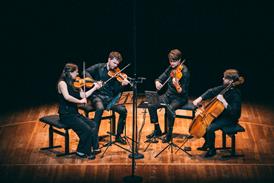
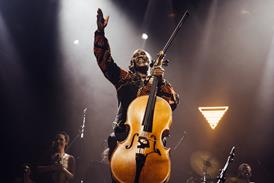

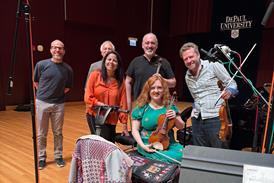
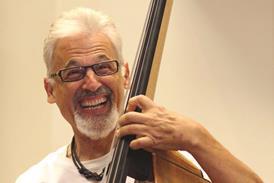
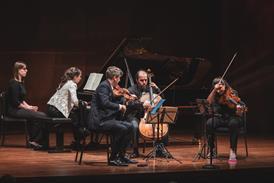
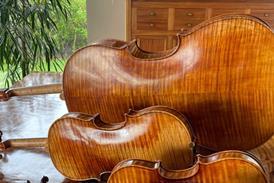

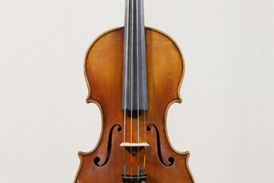
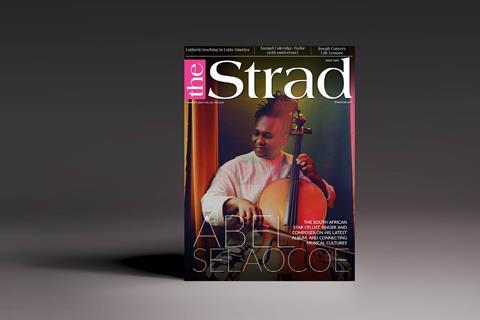


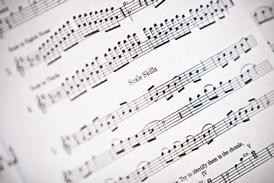
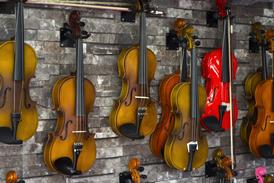


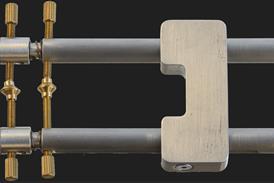

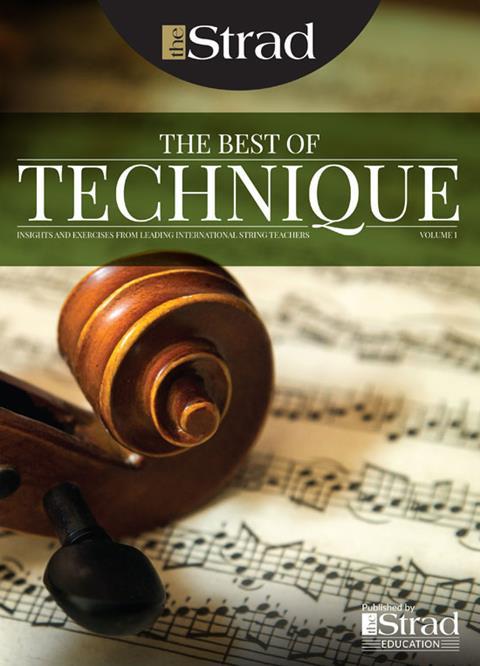
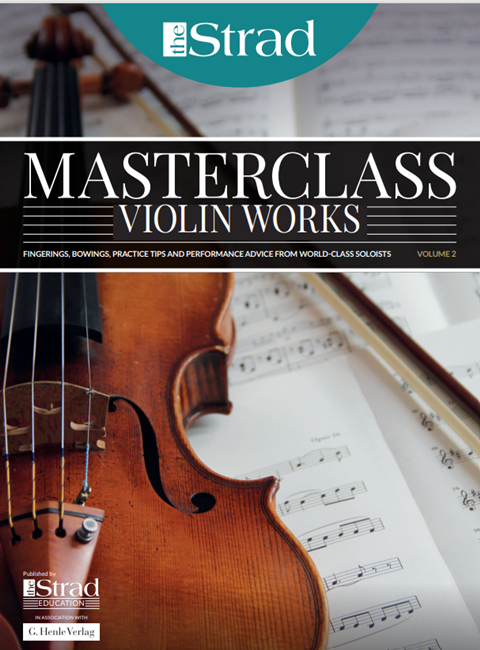
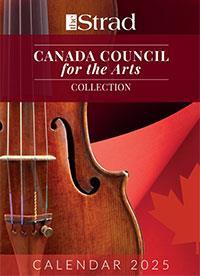












No comments yet